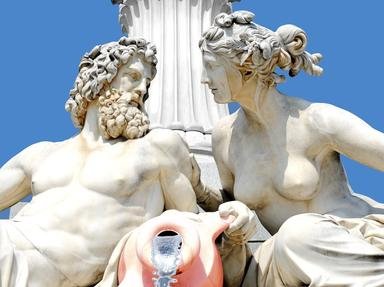Quiz Answer Key and Fun Facts
1. Which Norse God, known for being a sly shapeshifter, has a name which scholars believe takes its root from the Germanic word for 'loop' or 'knot'?
2. Originating in Ghanan folklore, what figure commonly regarded as a trickster is often depicted as a spider?
3. The creator of New Zealand (as the tales go), what Maori character is believe to have raised the nation from the sea using a fishing hook?
4. What is the name of the creature from Japanese folklore which, in Yôkai mythology could appear human and fool samurai?
5. Native American folklore looks to what animal as a trickster, in some tribes being seen as wholly responsible for the creation of man?
6. Featuring in the stories of Africa and the Southern United States, what folk figure -- not a shapeshifter -- used his wits to fool his enemies?
7. The Slavic creature known as the Leshy is likely the forerunner of what more common natural spirit known for tricking travellers and children?
8. Susanoo, the God of the Sea and Storms, appears as a trickster in which system of beliefs?
9. What is the name of the Monkey King of Chinese folk tales, known for his heroism and immortality (despite being a trickster)?
10. What is the name of the Aztec God of Mischief, seen as a trickster but often said to pay for his own pranking?
Source: Author
kyleisalive
This quiz was reviewed by FunTrivia editor
looney_tunes before going online.
Any errors found in FunTrivia content are routinely corrected through our feedback system.
